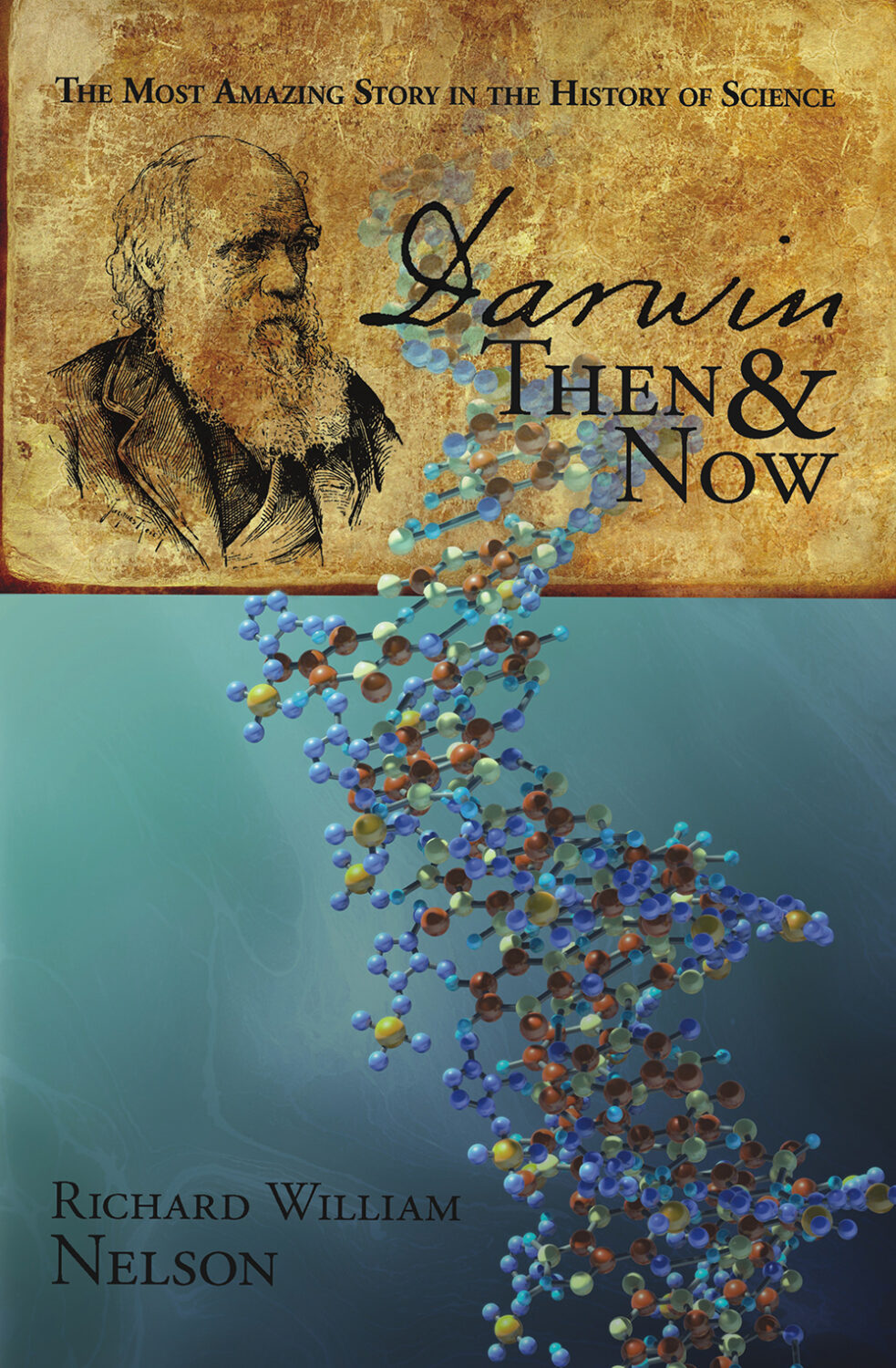 The origin of life on Earth is one of science’s greatest mysteries. While life is distinguished from non-life by its reproductive capacity and time limits, a natural explanation for life’s origin remains beyond science’s reach.
The origin of life on Earth is one of science’s greatest mysteries. While life is distinguished from non-life by its reproductive capacity and time limits, a natural explanation for life’s origin remains beyond science’s reach.
Understanding the “origin of life” begins with defining its terms. Origin means the beginning of something, while life is distinguishable from the inert. According to NASA –
“Life is a self-sustaining chemical system capable of Darwinian evolution.”
From an evolutionary perspective, understanding life’s origin rests on defining a natural mechanism for the beginnings of chemical systems and evolution processes. Conflicted over defining the origin of life, Charles Darwin noted –
“It is no valid objection that science as yet throws no light on the far higher problem of the essence or origin of life. Who can explain what is the essence of the attraction of gravity?”
Greek Philosophy
Speculating how life originated has continued for centuries, beginning with the fifth-century Greek philosophers. Anaxagoras, a Pre-Socratic Greek philosopher, introduced the concept of panspermia, shifting the origin of life from Earth to an unknown source in the universe.
The ancient view of spontaneous generation is credited to Aristotle, a student of Socrates, arguing –
“That it is a cause as substance is clear, for substance is the cause of being for all things, and for living things, being is life, and the soul is also the cause and source of life.”
While NASA‘s Astrobiology division continues to explore Anaxagoras’ hypothesis, in the meantime, Louis Pasteur disproved Aristotle’s reasoning in the nineteenth century – a contemporary of Charles Darwin.
The Darwins
Erasmus Darwin, Charles’s grandfather, speculated on the origin of life in his 1794 book Zoonomia, noting –
“Would it be too bold to imagine that all warm-blooded animals have arisen from one living filament?”
Charles Darwin, however, was not impressed even with his grandfather’s speculation; writing in the Origin of Species –
“It is no valid objection that science as yet throws no light on the far higher problem of the essence or origin of life. Who can explain what is the essence of the attraction of gravity?”
By the mid-nineteenth century, the leading Age of Enlightenment progressives envisioned life originating from non-living matter, popularized by Herbert Spencer in Principles of Biology (1864-1867) and W.T. Thiselton-Dyer‘s 1870 paper “On spontaneous generation and evolution.”
Perhaps influenced by the progressives, Darwin commented on the origin of life in a letter (1871) to Joseph Hooker, noting –
“I am always delighted to see a word in favour of Pangenesis, which some day, I believe, will have a resurrection… But if (& oh what a big if) we could conceive in some warm little pond with all sorts of ammonia & phosphoric salts,—light, heat, electricity &c present, that a protein compound was chemically formed, ready to undergo still more complex changes.”
Twentieth Century
By the early twentieth century, the influence of Gregor Mendel’s theory of inheritance drew increasing interest in molecular biology. A trend that fueled and fostered the development of the emerging biotechnology industry.
Oparin-Haldane Theory
Soviet biochemist Alexander Oparin introduced the first coherent scientific argument in 1924 for Darwin’s “warm little pond.” According to Oparin, primitive Earth’s carbon, hydrogen, water vapor, and ammonia reacted to form Darwin’s “protein compound.”
Unbeknownst to Oparin, whose writing was circulated only in Russian, an English scientist J. B. S. Haldane, independently arrived at a similar conclusion in 1929. While Haldane could not read Russian, he coined “soup” in primordial soup.
Miller–Urey Experiment
The concept of Darwin’s primordial soup gained credence in 1953 when American chemists Stanley Miller and Harold Urey, using a highly reduced mixture of methane, ammonia, and hydrogen, produced five amino acids.
Since then, studies have questioned the experiment’s reducing atmosphere – an atmosphere without oxygen. While studies continue challenging the study’s predictions, no scientific consensus exists for an oxygen-less Earth hypothesis.
Twenty-First Century
Perhaps surprisingly, for some, a natural explanation for the origin of life is no more conclusive than Darwin’s nineteenth-century assessment. As the University of Chicago News (September 2022) explains –
“The origin of life on Earth stands as one of the great mysteries of science. Various answers have been proposed, all of which remain unverified.”
Origin of Life is a subcategory of Evolution and Science.
More
To understand how evidence in Origin of Life studies scientifically challenges the theory of evolution, consider reading the following –
Each article describes how observable evidence scientifically challenges the current understanding of evolution.
Darwin Then and Now is an educational resource on the intersection of evolution and science, highlighting the ongoing challenges to the theory of evolution.
Move On
Explore how to understand twenty-first-century concepts of evolution further using the following links –
-
- The Understanding Evolution category showcases how varying historical study approaches to evolution have led to varying conclusions. Subcategories include –
- Studying Evolution explains how key evolution terms and concepts have changed since the 1958 publication of The Origin of Species.
- What is Science explains Charles Darwin’s approach to science and how modern science approaches can be applied for different investigative purposes.
- Evolution and Science feature study articles on how scientific evidence influences the current understanding of evolution.
- Theory and Consensus feature articles on the historical timelines of the theory and Natural Selection.
- The Biography of Charles Darwin category showcases relevant aspects of his life.
- The Glossary defines terms used in studying the theory of biological evolution.
- The Understanding Evolution category showcases how varying historical study approaches to evolution have led to varying conclusions. Subcategories include –


